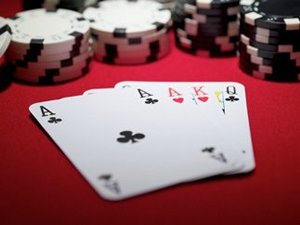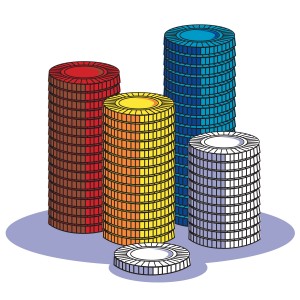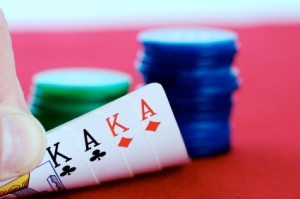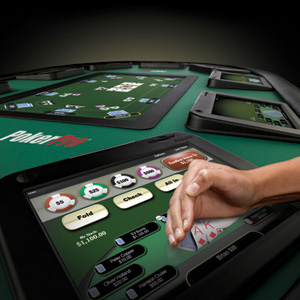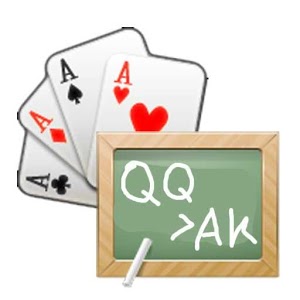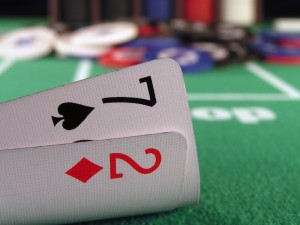It’s crucial to the game’s growth
“You can shear a sheep many times, but you can skin him only once.”
— Amarillo Slim
In my last column, I discussed structuring viable, sustainable small-stakes pot-limit Omaha (PLO) games. That said, if Omaha is going to be the game of the future, starting smaller games is an absolute necessity rather than a luxury. Here’s why:
The basic problem with starting a sustainable PLO game is that many of the players who attempt to play the game are overplaying their bankrolls. One of the main reasons for this is that the only PLO game in town is often $2-$5 or bigger; the reason that is an issue is that, generally, most of the players who attempt to play don’t realize that the game tends to play bigger than $5-$10 no-limit hold’em. Thus, many new PLO players are playing over their heads without realizing it, while playing a game that they probably don’t play very well.
The fact is that starting a sustainable PLO game — one that runs with some regularity — generally requires having a core group of players. This core group might include a few quality professionals, but it also will include several competent or semi-competent players who may be small winners or small losers. There also might be a few big losers and/or tourists to fill out the game. That said, the members of the core group — winners or losers — generally are local regulars.
And if you play any game with regularity, the size of your bankroll will come into play.
The Bankroll Schedule
Game Structure Maximum Buy-in Average Stack Bankroll Requirement Approximate Number of Buy-ins
$1-$2 online* $200 <$200 $6,000-$8,000 30 to 40
$1-$2 (six-max) online $200 <$200 $10,000-$12,000 50 to 60
$1-$2 with $5 bring-in $500 ~$500 $15,000-$20,000 30 to 40
$2-$5 $1,000 <$1,000 $25,000-$40,000 25 to 40
$2-$5-($10) None <$1,500 $45,000-$60,000 30 to 40
$2-$5-$10 None >$1,500 $60,000-$75,000 40 to 50
$5-$10 None <$2,000 $60,000-$80,000 30 to 40
$5-$10-($20) None <$3,000 $90,000-$120,000 30 to 40
$5-$10-$20 None >$3,000 $120,000-$150,000 40 to 50
more than; ~ approximately*For online games smaller than $1-$2, the general rule is 30 to 40 max buy-ins for full-ring games, and 50 to 60 for six-max games.
Note: You probably need a $25,000 to $40,000 bankroll to comfortably play $2-$5 PLO with a $1,000 max buy-in. But, if you are going to play an uncapped game with no max buy-in, you might need more like $45,000 to $60,000 — or even $60,000 to $75,000 — depending on the players and how wild the game is.
The problem is that this assumes that you are a winning player. And if that’s what you need if you are a winning player, how much do you think the losers need to keep playing the game?
And here’s a better question: If even the winners are overplaying their bankrolls, how long do you think a game is going to last?
Contrary to what some poker players might think, the object of the game is not to break your opponents as fast as possible, as pretty soon there will be no game to play.
The simple fact is that in order for PLO to grow, the games first need to get smaller in order to protect players from going broke and killing the game.
This article was originally written by Jeff Hwang. Jeff Hwang is a semiprofessional player and author of Pot-Limit Omaha Poker: The Big Play Strategy. His latest book is Advanced Pot Limit Omaha Vol.1 and will be releasing Vol 2.
Submit your review | |

